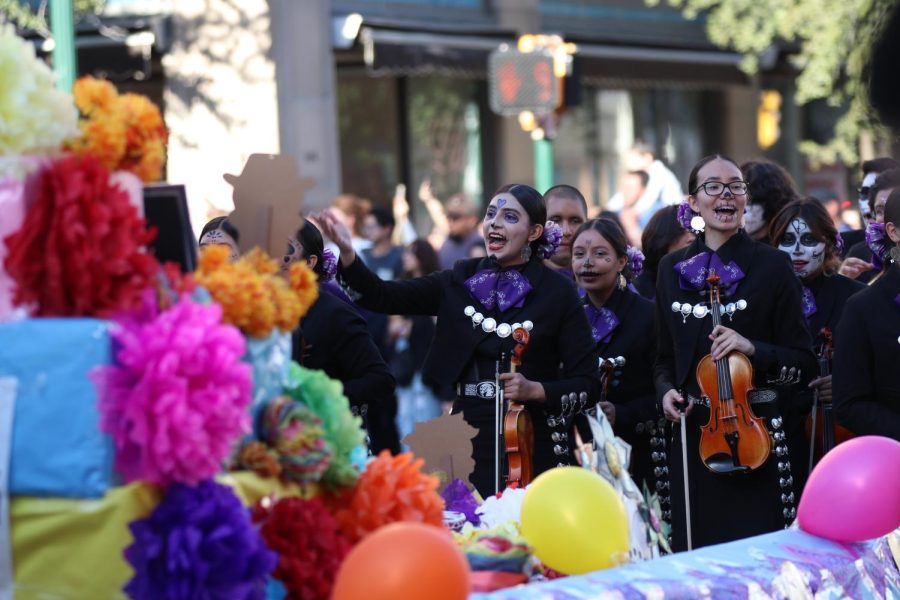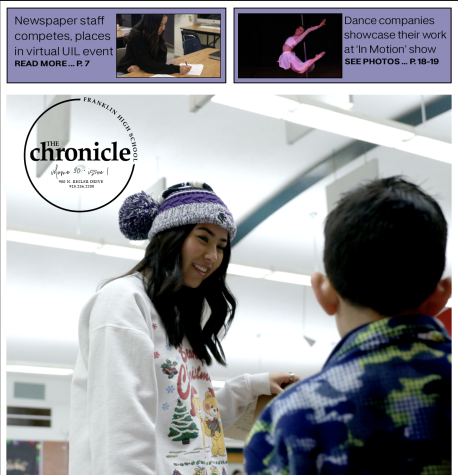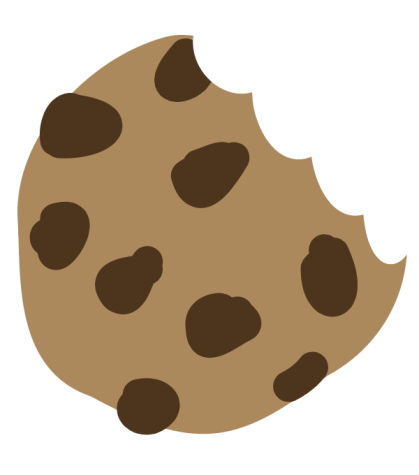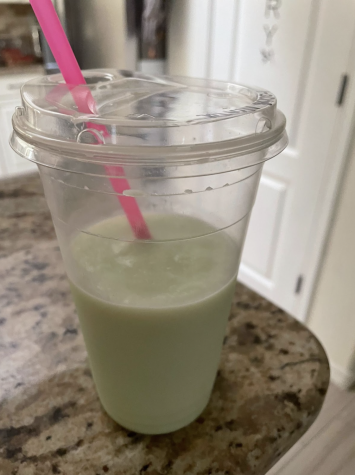Dia de Muertos: A history explained
Mariachi Estrella del Oeste marches in the Dia de los Muertos Parade in Downtown El Paso on October 29, 2022.
November 8, 2022
Dia de Muertos or Day of the Dead is a Mexican tradition that started since pre-Hispanic times and then mixed with catholic Spanish traditions.
During pre-Hispanic times the Mexicans celebrated the death because they thought there was something after death and they wanted to create a way for the souls to come back and be with them one day, for example, their gods and their families.
Then after the Spanish conquest the Catholic tradition to celebrate All Saint’s Day on Nov. 1 was mixed with the Mexican ancient culture. The result of this is a two-day celebration in Mexico.
Celebrations begin Nov. 1 and deceased children are honored and remembered on this day. On Nov. 2, the day of the dead, all other deaths are celebrated.
On these days families visit cemeteries, they make altars to include things that the person who died liked, a picture of that person, their favorite food, cempasuchil flowers, paper flowers and more.
Many write poems called “calaberitas” where they make fun of the death Families dress like skeletons or catrinas and catrines. Many also bake and eat pan de muerto with hot chocolate during those days.
In the United States is more common to celebrate Halloween. Which had an origin or first purpose to celebrate the eve of the day of the saints. And scare away the souls of the deceased. But also, a part of the country celebrates the day of the death. Because of Mexican influence, like for example in our city of El Paso. Since we are in the borderside with Ciudad Juarez, both cities share culture and have somethings in common.
In this side of the border, in downtown El Paso on Saturday 29th there was a parade. Families were dressed like catrinas and catrines, with masks and painted faces. They enjoyed live music, Mexican food, spend time with the family and watch the parade. There were some alebrijes, a giant calaca, decorated cars and dances.
Families also make small altars for the people who had die. They decorated them with Mexican tradition like, pan de muerto (breath of the dead), sugar skulls and Mexican treats.
Also, some people visit cemeteries to pray for their departed loved souls.





